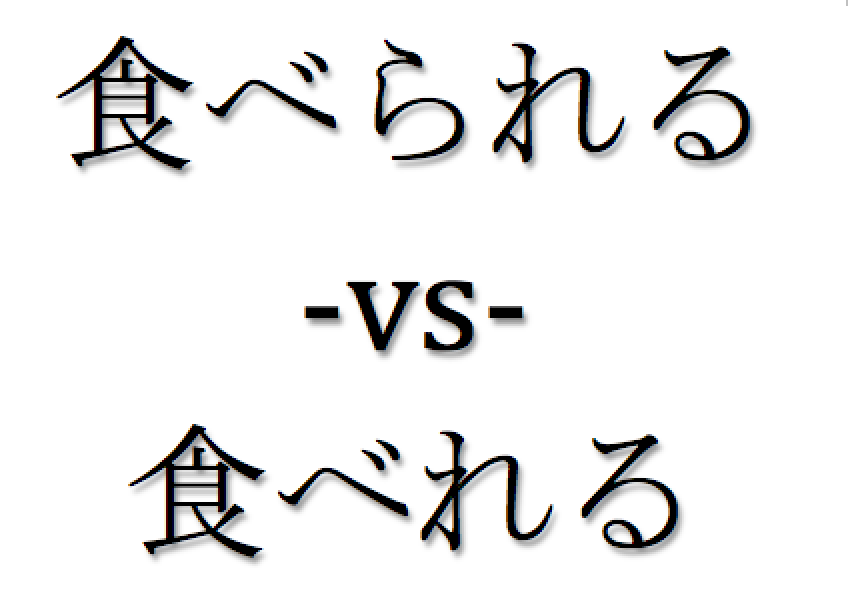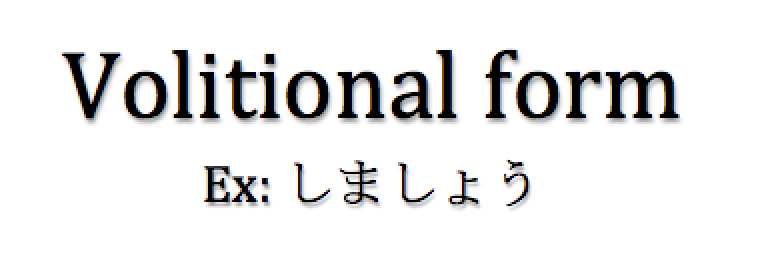Experiment: How good are Google Translate’s English to Japanese translations?
Back when I first started studying Japanese, I wasn’t aware of any translation programs that worked between English and Japanese, and if there was I’m pretty sure they were very expensive and not very commonly used. Nowadays we have things like Google Translate, a free service that translates between over 50 world languages, including Japanese. As… Read More »



